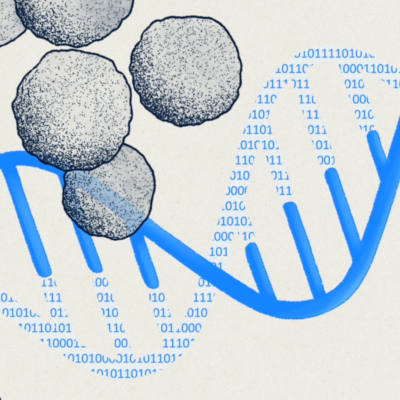Nanoscale robots built with Velcro-like DNA strands
Nov. 27, 2024.
2 mins. read.
1 Interactions
Researchers have built custom-designed and programmable nanostructures using DNA origami technology, which folds DNA into precise shapes.
Researchers at the University of Sydney have built tiny robots using a technique called DNA origami. This method folds DNA into precise shapes much like origami, the art of paper folding.
This allows engineers to create very small, custom-made DNA structures at the nanoscale. The researchers describe the methods and results of this study in a paper published in Science Robotics.
The researchers created over 50 different nanoscale DNA objects for their experiments. These structures are called DNA origami “voxels,” which are like 3D pixels that can connect and form more complex shapes or machines.
Their approach involves using extra DNA strands that act like Velcro, where only strands with matching sequences can connect. This permits building complex DNA structures with great precision.
This technology could lead to new ways of delivering drugs directly to where they are needed in the body, like targeting cancer cells without affecting healthy ones.
The nanoscale DNA structures could change how they work based on their environment. This could be useful in making new materials or improving medical treatments.
Future nanobots
Moreover, these nanoscale DNA structures might help in creating new materials that can change their properties or in processing light signals more efficiently. This could be used in security or medical diagnostics for better imaging.
“The results are a bit like using Meccano, the children’s engineering toy,” says research leader Shelley Wickham in a press release issued by University of Sydney. “But instead of macroscale metal or string, we use nanoscale biology to build robots with huge potential.”
“Our work demonstrates the incredible potential of DNA origami to create versatile and programmable nanostructures,” adds researcher Minh Tri Luu. “The ability to design and assemble these components opens new avenues for innovation in nanotechnology.”
Future nanobots could work a huge range of tasks, from treating the human body to building futuristic electronic devices.
Let us know your thoughts! Sign up for a Mindplex account now, join our Telegram, or follow us on Twitter.


.png)

.png)


.png)




0 Comments
0 thoughts on “Nanoscale robots built with Velcro-like DNA strands”